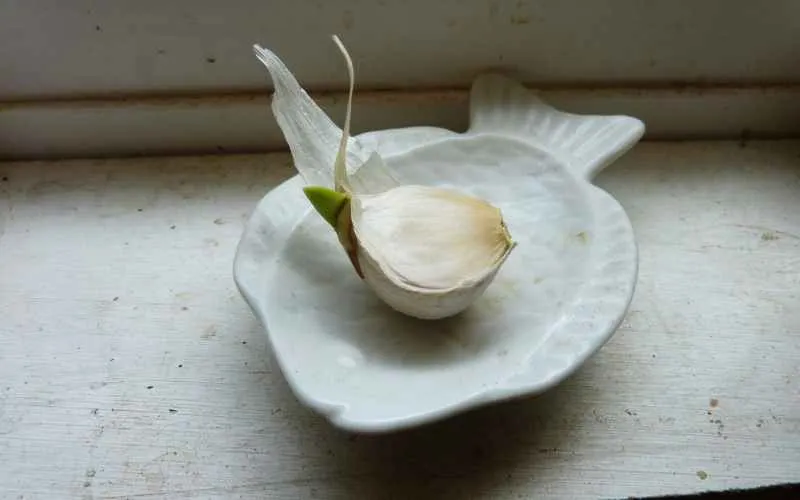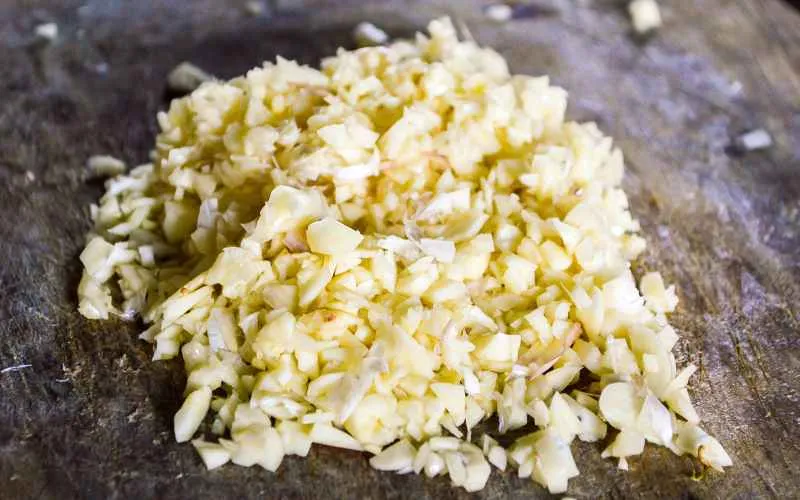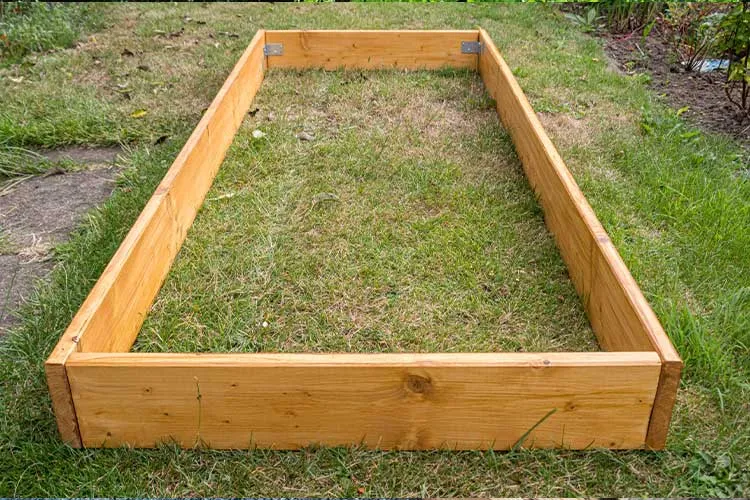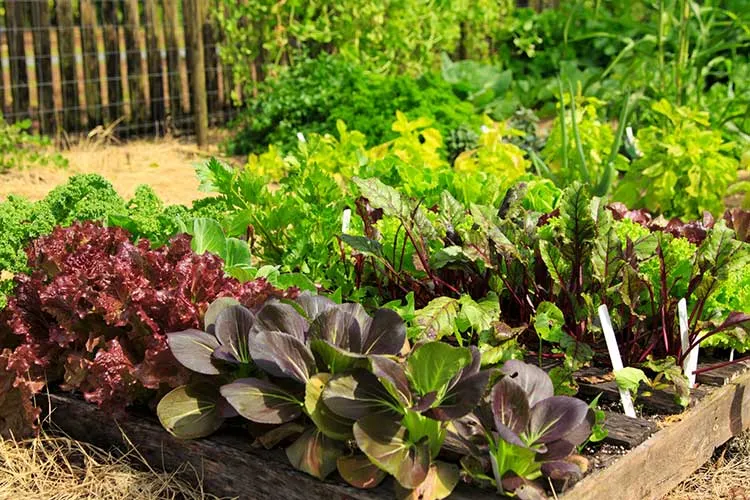Garlic doesn’t last forever. After a few weeks, those firm, white cloves start sprouting green shoots. You’ve probably wondered: Is Sprouted Garlic Safe to Eat? or should you toss it? The answer isn’t as simple as yes or no. Sprouted garlic is safe to eat, but its flavor changes. The once mild, slightly sweet clove turns sharper, sometimes bitter.
That can ruin certain recipes if you’re not careful. Research shows that sprouted garlic contains even more antioxidants than fresh cloves, making it nutritionally beneficial. However, if the clove is mushy or moldy, it’s time to throw it away.
This guide breaks down what happens when garlic sprouts, how it affects your food, and whether it’s worth keeping or tossing.
Garlic’s Importance in Cooking
Garlic is one of the most widely used ingredients in cooking, bringing depth and complexity to dishes across different cuisines. Its strong, pungent aroma mellows as it cooks, adding richness to sauces, soups, and marinades. In Italian cuisine, garlic is essential in pasta dishes, infusing olive oil with flavor before adding other ingredients. French cuisine relies on it for classics like aioli and garlic butter, while Asian stir-fries and curries benefit from its bold, savory notes.
Beyond its raw intensity, garlic transforms when cooked. Roasting whole cloves softens its sharp bite, making it sweet and almost buttery. This version works well spread on bread, blended into mashed potatoes, or stirred into soups for a mellow, caramelized taste. Sautéed garlic, on the other hand, brings out a nutty aroma, perfect for enhancing roasted vegetables or pan-fried meats. Whether used fresh, roasted, or minced into dressings, garlic is a staple that elevates nearly every dish.
Understanding Sprouted Garlic

Garlic sprouts when it ages, especially if exposed to light and moisture. Over time, the clove begins developing a green shoot in its center, signaling the start of new growth. This natural process happens more quickly in warmer, humid conditions. While sprouted garlic may look different, it is safe and does not indicate spoilage.
A common misconception is that sprouted garlic is toxic or inedible. In reality, the main change is in flavor, not safety. The sprout itself has a slightly grassy, bitter taste, while the clove may lose some of its natural sweetness. Some people remove the sprout to minimize bitterness, but the garlic can still be used in most recipes. Unless the clove is shriveled or moldy, sprouted garlic remains a useful ingredient in cooking, even if its taste is slightly altered.
Can You Eat Garlic That Has Sprouted?
Yes, sprouted garlic is completely safe to eat. While its flavor changes slightly, it does not become harmful or toxic. The green shoot growing inside the clove is simply the beginning of a new garlic plant.
Many people continue using sprouted garlic in their cooking, though some prefer to remove the sprout to reduce its bitterness. It can still be used in soups, stir-fries, and roasted dishes without health concerns. However, if the clove has turned soft, dry, or moldy, it’s best to discard it.
Does Sprouted Garlic Taste Bitter?
The sprout has a mild, grassy taste that differs from fresh garlic’s rich, slightly sweet flavor. As garlic ages, its natural sugars break down, making the clove sharper and more pungent. This is why sprouted garlic tastes more intense and sometimes slightly bitter than fresh garlic.
Sprouted garlic’s bitterness is more noticeable when used raw, especially in dressings, salsas, or dips where its sharpness isn’t balanced by cooking. The difference is less pronounced in cooked dishes, though the stronger flavor may still stand out in delicate recipes. Some people remove the green sprout to lessen the bitter taste, but this does not fully restore the original flavor of the clove.
Fresh cloves are often a better choice for dishes where garlic is a subtle background ingredient. However, sprouted garlic can still work well without overpowering the overall taste in bold-flavored meals like stir-fries, roasted meats, or heavily spiced dishes.
Impact on Recipes

Sprouted garlic has a stronger, slightly bitter taste that can affect the flavor of certain dishes. Its sharper taste may be too overpowering in recipes where garlic is meant to be mild or subtly enhance other ingredients, such as creamy sauces, salad dressings, or raw dips. Removing the sprout helps reduce some bitterness, but it won’t fully bring back the original sweetness of fresh garlic.
However, it works well in bold and heavily seasoned dishes. Its stronger flavor blends with other intense ingredients in stir-fries, roasted meats, and spicy curries. Slow cooking can mellow its sharpness in soups and stews, making it less noticeable.
When deciding whether to use sprouted garlic, consider the role garlic plays in the dish. Fresh cloves are best if they are the main flavor, such as in garlic butter or aioli. However, sprouted garlic can still be a good option in recipes where garlic is just one of many strong ingredients.
How to Prevent Garlic from Sprouting
Proper storage helps keep garlic fresh and prevents it from sprouting too quickly. The best way to store garlic is in a cool, dark place with good airflow, such as a pantry or a mesh basket. Keeping garlic dry slows down the sprouting process and extends its shelf life.
One common mistake is storing garlic in the refrigerator. The cold, humid conditions encourage sprouting once the garlic is returned to room temperature. Similarly, storing garlic in plastic bags traps moisture, leading to faster spoilage. Instead, keep whole bulbs intact until you’re ready to use them. Breaking them apart exposes the cloves to air and speeds up sprouting.
If you need to store garlic for an extended period, freezing peeled cloves or minced garlic in oil can be a good alternative. Proper storage not only keeps garlic fresh but also ensures it retains its best flavor for cooking.
What to Do With Sprouted Garlic?
Sprouted garlic can still be useful in cooking. Removing the green sprout helps reduce bitterness, making it more suitable for most dishes. It works well in stir-fries, soups, and roasted vegetables, where bold flavors mask any sharpness. Blending it into sauces or marinades helps balance its intensity. It remains a good ingredient if the clove feels firm and smells fresh. However, discarding it is the best option if it’s shriveled or moldy.
Should You Eat Sprouted Garlic?
Eating sprouted garlic remains a safe choice, provided the clove is firm and mold-free. Some prefer removing the sprout due to its bitter taste, but it retains its nutritional value. Sprouted garlic contains more antioxidants than fresh cloves, offering potential health benefits. In cooked dishes, its sharpness becomes less noticeable. However, a fresh alternative is recommended if the clove appears dried out or has an unpleasant odor.
Does Sprouted Garlic Taste Different?
The flavor of sprouted garlic changes as it ages. Fresh cloves taste slightly sweet, while sprouted ones develop a sharper, sometimes bitter profile. The green shoot itself has a grassy flavor, adding to the intensity. Cooking helps mellow the harshness, making it less noticeable in complex dishes. The stronger taste can stand out when used raw in dressings or dips. Removing the sprout reduces bitterness but does not fully restore the original flavor.
How to Choose Good Garlic?
Picking high-quality garlic ensures better taste and longer storage. Look for firm bulbs with tight, unbroken skin, avoiding any with soft spots or mold. Fresh garlic should feel heavy for its size, indicating proper moisture content. A strong, pungent aroma signals freshness, while a musty smell suggests spoilage. Avoid bulbs with green shoots, as sprouting alters the flavor. Storing garlic in a cool, dry place away from moisture helps maintain its quality longer.
How Long Does Garlic Last?
Whole garlic bulbs stored properly can last several months. Keeping them in dry, well-ventilated areas prevents premature sprouting and mold growth. Once separated, individual cloves last a few weeks before softening. Peeled garlic stays fresh in the refrigerator for up to a week, while minced garlic in oil lasts about a week with proper refrigeration. Freezing peeled cloves extends shelf life, ensuring they remain usable for cooking over several months.
What Is Sprouted Garlic?
Sprouted garlic occurs when a green shoot emerges from the center of the clove. This happens due to aging, exposure to light, or moisture. The clove itself may become slightly softer, and its flavor intensifies. While still safe for consumption, its taste changes, often turning bitter. Removing the sprout helps reduce sharpness, though the overall flavor remains stronger. Proper storage slows down sprouting, keeping garlic fresh and mild for longer.







